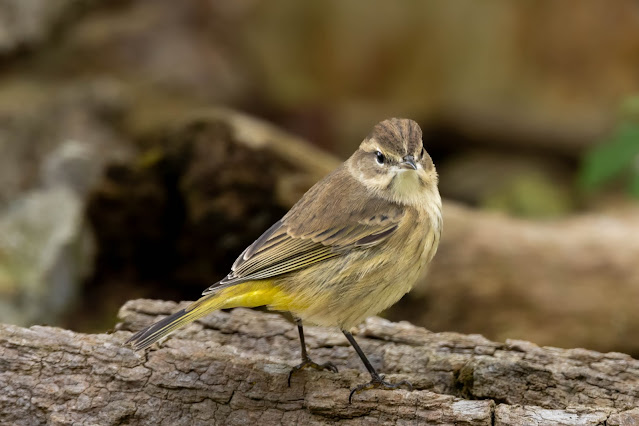A grey, damp day but it is 42 F in mid December, so I checked the archives for an image. Tui bird. Prosthemadera novaeseelandiae, New Zealand November 4, 2009 at my nephews Bach( cottage) A large, dark nectar feeder endemic to New Zealand. Easily distinguished by two curled white feather tufts (“poi”) visible on the throat. Tail and wings have blue, purple, and green iridescence. Found throughout much of New Zealand, including Auckland, Kermadec, and Chatham Islands, though mostly absent from Canterbury. Favors native forest and scrub, also venturing into suburban parks, farmland, and rural gardens. Often detected by its unique voice consisting of melodious notes intermixed with croaks, coughs, clicks, and wheezes. Also listen for its noisy whirring flight. Similar to male Eurasian Blackbird, but easily identified by its white throat feathers and iridescence. Song can be easily confused with that of a bellbird, but listen for distinct loud coughs, grunts, and whe...












































